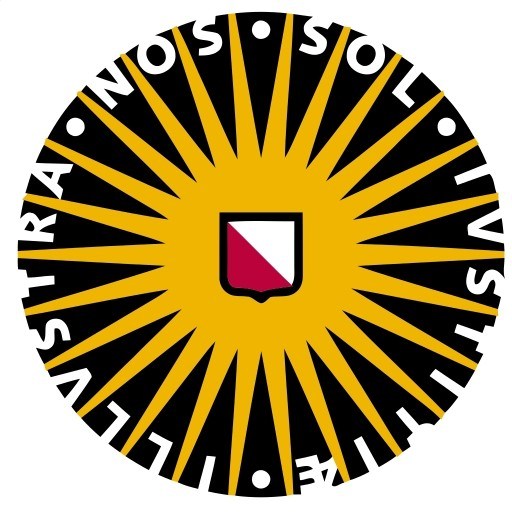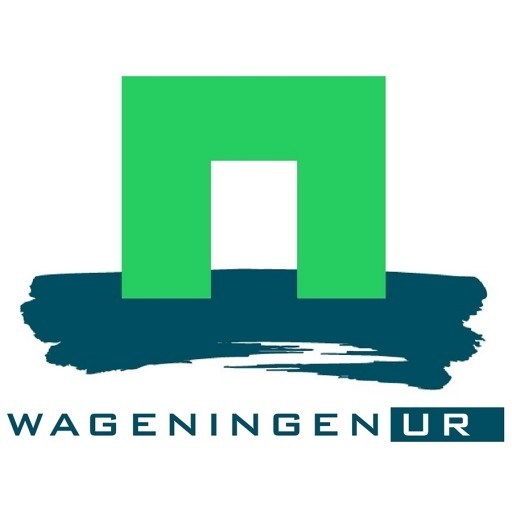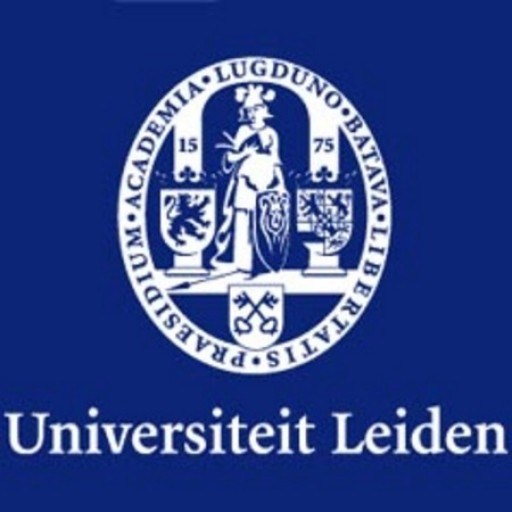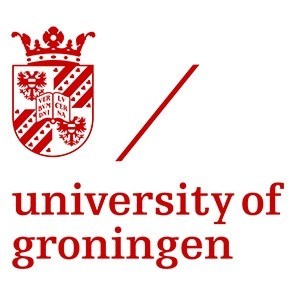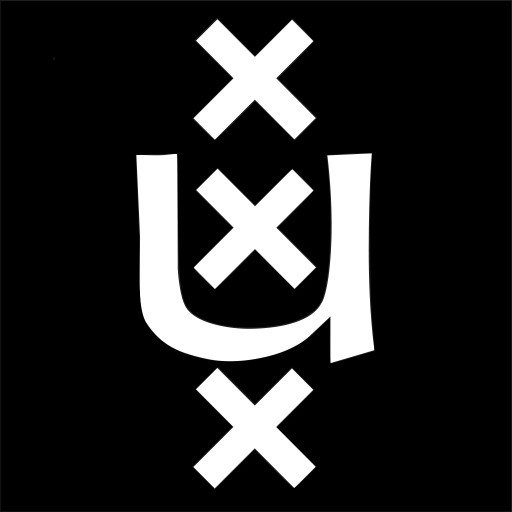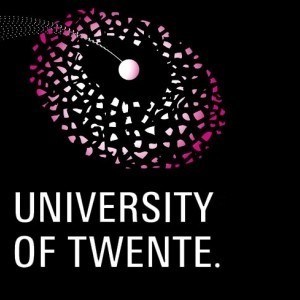Photos of university / #utrechtuniversity
The Bachelor’s program in Art History: Education and Communication at Utrecht University offers students an in-depth exploration of the visual arts and their cultural and social contexts. This interdisciplinary program combines the study of art historical analysis with practical skills in education and communication, preparing graduates for careers in museums, educational institutions, cultural organizations, and media. Throughout the program, students examine diverse art forms, including traditional and contemporary visual arts, and learn to interpret their significance within historical and societal frameworks. The curriculum emphasizes critical thinking, research methodology, and effective communication, enabling students to articulate complex ideas about art and culture clearly and persuasively. In addition to theoretical coursework, students engage in practical projects such as organizing exhibitions, developing educational programs, and working with digital media to enhance public engagement with art. The program also encourages international perspectives and includes opportunities for internships and study abroad, fostering a global outlook. With a strong emphasis on the connection between art, education, and media, graduates are equipped to promote cultural awareness and facilitate dialogue around art and its role in society. The faculty comprises experienced scholars and practitioners dedicated to providing a supportive learning environment. Graduates of this program will be well-prepared for further studies or professional roles in arts education, communication, curation, and cultural management, contributing to the vibrant cultural sector both nationally and internationally.
The Art History: Education and Communication program at Utrecht University offers students an in-depth understanding of the history of art, visual culture, and the ways in which art is communicated and interpreted across different contexts. This interdisciplinary program combines the study of art objects, their historical significance, and their role within society, with practical skills in education and communication. Throughout the program, students explore a broad range of topics including classical art, modern and contemporary art, digital media, and cultural heritage, gaining a comprehensive perspective on how art influences and reflects societal developments.
The curriculum is designed to foster critical thinking, analytical skills, and effective communication. Students engage with theoretical frameworks, historical narratives, and visual analysis techniques to develop a nuanced understanding of artistic expression. In addition to coursework, students participate in practical projects such as museum internships, guided visits, and educational workshops, which prepare them for careers in museums, galleries, cultural institutions, and education sectors.
A key aspect of the program is its emphasis on understanding different audiences and developing strategies for effective art communication. Students learn how to create engaging educational materials, plan exhibitions, and utilize digital platforms to reach diverse audiences. The program also encourages research skills, enabling students to undertake independent projects, write academic papers, and present their findings comprehensively.
Collaborations with cultural organizations and exposure to current debates in art history and museum education ensure that students are well-equipped to navigate the dynamic field of art communication. Graduates of this program possess a solid foundation in art historical knowledge combined with practical expertise in education and communication, making them prepared for a wide range of careers in cultural institutions, education, media, and public outreach.
Overall, Utrecht University’s Art History: Education and Communication program provides a unique learning environment where students can develop their passion for art, refine their interpretative skills, and learn how to share art’s significance with diverse audiences effectively. The program emphasizes a balanced combination of theoretical understanding and practical application, offering graduates a competitive edge in the cultural sector and related fields.
Other requirements
The Art History: Education and Communication program at Utrecht University offers a comprehensive approach to financing studies, providing students with various options to fund their education. Students can apply for government loans and grants through the Dutch student finance system, which includes the IB-Groep (Instituut voor Bureau-incasso's), responsible for managing student funding in the Netherlands. These loans are available to both Dutch and EU/EEA students under certain conditions, offering financial support to cover tuition fees and living expenses. Additionally, students may be eligible for supplementary grants based on their financial situation and academic performance, which do not need to be repaid. Utrecht University also encourages students to explore scholarships and bursaries, some of which are specifically targeted at international students or those with exceptional academic records. The university's website provides detailed information about various scholarship opportunities, including the Utrecht Excellence Scholarships, which can significantly reduce the financial burden. Students are advised to seek external funding sources such as European Union grants like Erasmus+ for mobility and exchange programs or private foundations supporting arts and humanities studies. Part-time work is a common way for students to supplement their income during their studies; Utrecht University and the surrounding city offer numerous part-time employment opportunities, often related to student research, tutorials, or administrative roles within the university. International students should also consider visa regulations affecting their ability to work during their studies. It is recommended that prospective students carefully plan their finances early in the application process, taking into account tuition fees, living costs in Utrecht, and other necessary expenses. The university's Student Service Desk provides guidance and support in applying for funding and managing finances throughout the course duration. Overall, Utrecht University facilitates access to a range of financial assistance programs designed to make studying in the Netherlands feasible and affordable, emphasizing transparency and support to prospective and current students alike.
Art History: Education and Communication at Utrecht University offers students a comprehensive understanding of the historical development, artistic movements, and cultural significance of visual arts. The programme is designed to combine theoretical knowledge with practical skills, enabling graduates to analyze artworks critically and communicate their insights effectively. Students explore various periods of art history, from antiquity to contemporary art, and examine the social, political, and technological contexts that influence artistic production. The curriculum includes lectures, seminars, and hands-on projects, fostering critical thinking and research skills.
The programme emphasizes the importance of visual literacy and communication skills through various assignments such as essays, presentations, and exhibitions. Students are encouraged to develop a nuanced understanding of different cultural perspectives and how they shape artistic expression. Utrecht University has a strong focus on interdisciplinary approaches, integrating insights from history, media studies, and cultural studies to provide a well-rounded education. The faculty includes renowned experts in art history, media communication, and education, ensuring students receive current and relevant knowledge.
Students have opportunities for internships and collaborations with museums, galleries, and cultural institutions, providing practical experience and professional networking opportunities. Graduates of the programme are prepared for careers in art criticism, curation, education, research, and cultural policy. The programme values diversity and aims to produce graduates who can contribute thoughtfully to discussions on art and culture in a globalized society. With state-of-the-art facilities and a vibrant academic community, students are well-equipped to pursue academic or professional careers in the fields of art history and communication.
